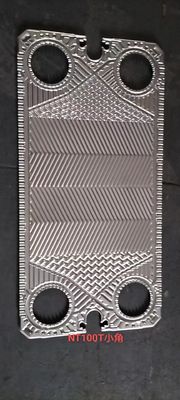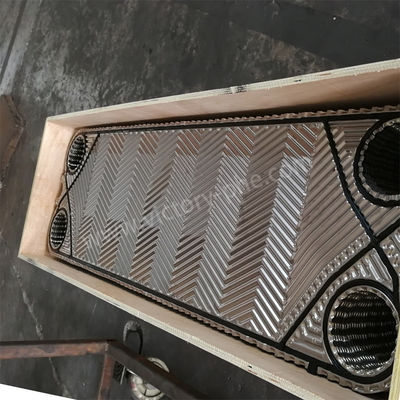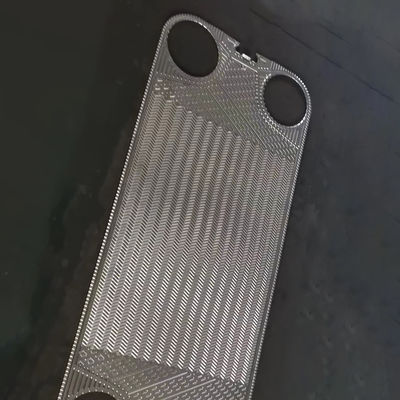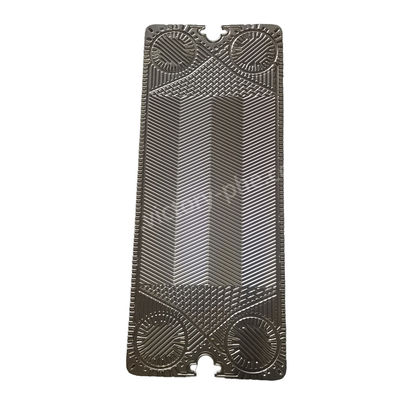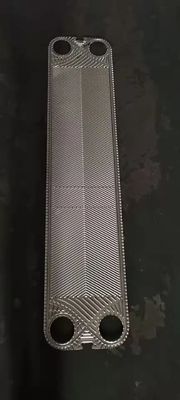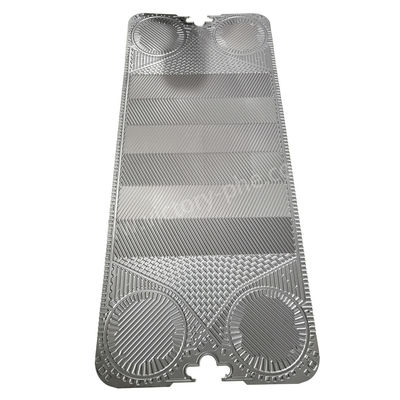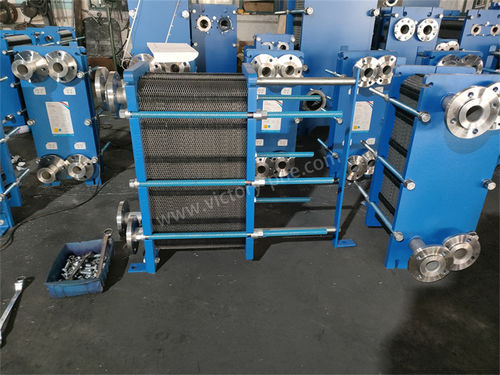The most common plate heat exchanger is the dividing wall heat exchanger, which consists of two parallel pipes, an inner tube and an outer tube. A heat exchange gap is formed between the inner tube and the outer tube for heat transfer.
Its main structure consists of heat exchange plates and rubber strips between the plates. It has long occupied an important position in the market. However, it is large in size, has low heat exchange efficiency, limits the physical properties of the fluid, and is expensive to replace the strips (the strips are The replacement cost accounts for about 1/3-1/2 of the entire process). It is mainly used for heat exchange between liquid and liquid. It is often called water-water heat exchange in the industry. Its heat exchange efficiency is 5000w/m2.K.
The working principle is that the fluid between the inner and outer tubes can be two different fluids, such as hot and cold water, or steam and liquid. Heat is transferred from one fluid to another for heating or cooling purposes.
Of course, dividing wall heat exchangers also have many advantages, including:
1. Simple structure: Since there are only two pipes, its structure is relatively simple and easy to manufacture and install.
2. Lower cost: Relative to other types of heat exchangers, the cost of dividing wall heat exchangers is generally lower.
3. Easy to maintain and clean: Due to its simple structure, the dividing wall heat exchanger is easy to maintain and clean.
Overall, dividing wall heat exchangers are suitable for small and low flow applications and are simple, economical and easy to maintain. But in applications with high flow rates and high efficiency requirements, other types of heat exchangers may need to be considered.

 Your message must be between 20-3,000 characters!
Your message must be between 20-3,000 characters! Please check your E-mail!
Please check your E-mail!  Your message must be between 20-3,000 characters!
Your message must be between 20-3,000 characters! Please check your E-mail!
Please check your E-mail! 
